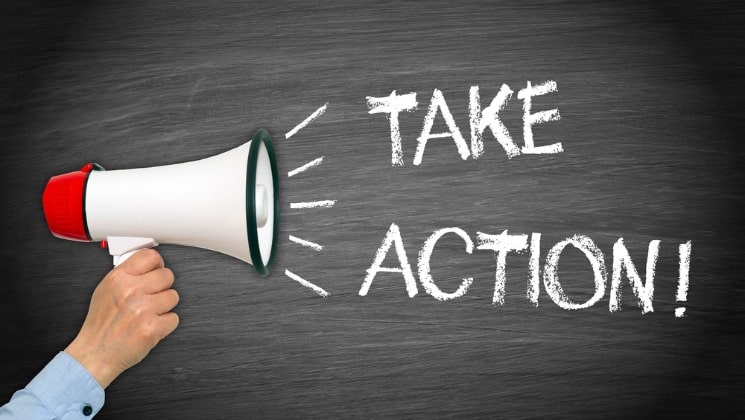When creating a presentation, it’s important to first understand your audience and their needs. Ask yourself, what do they already know, what do they want to know, and what will be most helpful for them to understand your message?

Once you have a clear understanding of your audience, you can begin to structure your presentation. Start with an attention-grabbing opener, such as a story or a surprising fact, to engage your audience and draw them in. Then, organize your content into clear and concise sections, with each section building upon the last. Use visuals and examples to illustrate your points and keep your audience engaged.
When it comes to delivery, consider the medium and use it to your advantage. If you’re creating a video, think about the tone, pacing, and visuals that will best convey your message. If you’re creating a slideshow, make sure your slides are visually appealing and easy to read. And if you’re presenting in person, use body language and eye contact to connect with your audience and emphasize your key points.
Remember, the goal of any presentation is to communicate your message effectively. By taking the time to understand your audience, structure your content, and deliver it in a compelling way, you’ll be well on your way to achieving that goal.

Here are 10 best techniques to drive your audience to take action:
1. Clear Call-to-Action (CTA): A clear and concise CTA that tells your audience exactly what you want them to do is an effective way to drive action. Use action-oriented language and make sure the CTA stands out on the page.
2. Appeal to Emotions: People often make decisions based on their emotions rather than logic. Use emotional language to connect with your audience and emphasize the benefits of taking action.
3. Create Urgency: Providing a sense of urgency can motivate people to take action quickly. Use time-limited offers or create a sense of FOMO (fear of missing out) to encourage people to act.
4. Provide Social Proof: People are often influenced by the actions of others. Use testimonials, case studies, or social proof to show that others have taken the same action and benefited from it.
5. Offer Incentives: Offer incentives to make taking action more appealing. This could be a discount, a free trial, or a bonus for taking action.
6. Use Visuals: Use images or videos to illustrate the benefits of taking action. Visuals can be more persuasive than text alone.
7. Provide Clear Benefits: Clearly communicate the benefits of taking action to your audience. This could be saving time, money, or improving their lives in some way.
8. Make it Easy: Reduce any barriers that may prevent your audience from taking action. Simplify the process and remove any unnecessary steps.
9. Personalize the Message: Tailor your message to your audience and their specific needs. This can help them feel more connected and motivated to take action.
10. Follow-up: Don’t forget to follow up with your audience after they take action. This can help build trust and loyalty and encourage them to take further action in the future.
Summary:
To drive your audience to take action, use a clear call-to-action, appeal to emotions, create a sense of urgency, provide social proof, offer incentives, utilize visuals, communicate clear benefits, make the process easy, personalize the message, and follow up with your audience.

